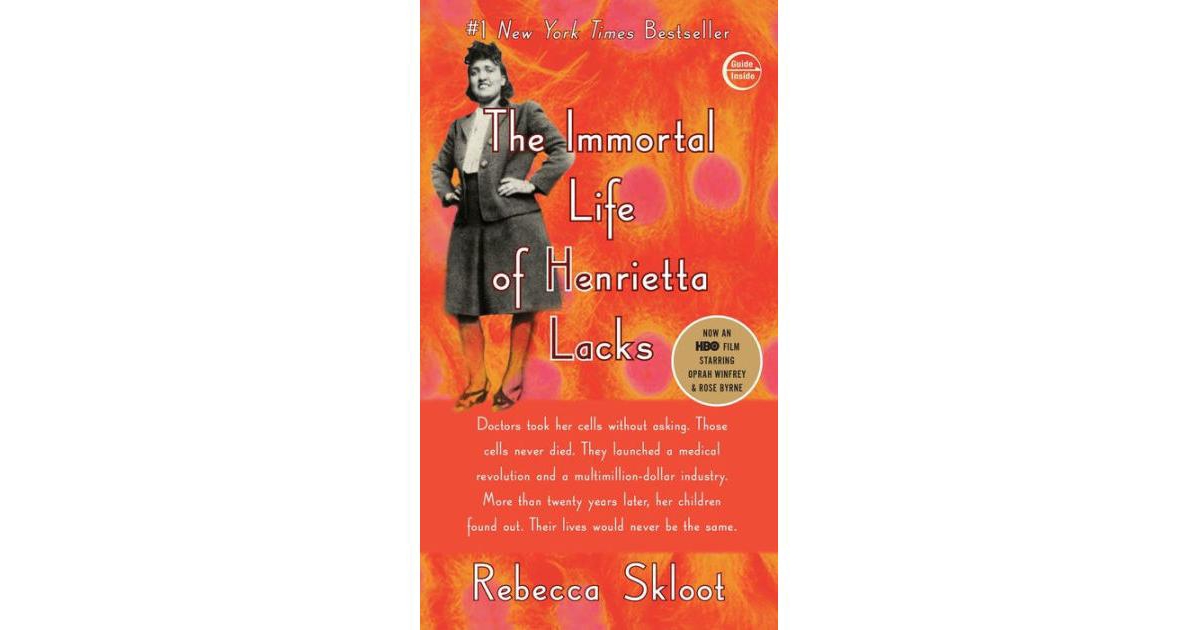Red Cell Metabolism and Function
Best Price (Coupon Required):
Buy Red Cell Metabolism and Function for $76.50 at @ Link.springer.com when you apply the 10% OFF coupon at checkout.
Click “Get Coupon & Buy” to copy the code and unlock the deal.
Set a price drop alert to never miss an offer.
Single Product Purchase
Price Comparison
| Seller | Contact Seller | List Price | On Sale | Shipping | Best Promo | Final Price | Volume Discount | Financing | Availability | Seller's Page |
|---|---|---|---|---|---|---|---|---|---|---|
|
BEST PRICE 1 Product Purchase
|
   |
$84.99 | $84.99 |
|
10% OFF
This deals requires coupon
|
$76.50 | See Site | In stock | Visit Store |
Product Details
In the last six years, a remarkable series of stUdies have demonstrated an intimate relationship between red cell metabolism and the function of the cell as an organ of gas transport. First came the demonstration of binding of organic phosphocompounds of the red cell to hemoglobin; this was followed by studies that demonstrated modification of hemoglobin oxygen affinity by such binding. At present we are in an exhilirating phase of accrual of data showing that the levels of these phosphorylated inter mediates can be rapidly altered in the red cell to modulate hemo globin function. At one time it was said that the red cell was an inert bag full of hemoglobin. Now we know not only that the cell has an active metabolism crucial to its viability, but that this metabolism is just as crucial to the whole organism in the proper adjustment of oxygen transport. On October first, second and third, 1969, red cell biochemists, general biochemists, geneticists, cardio-pulmonary physiologists, exercise physiologists, experts in blood storage, and represen tatives from many other disciplines met in the Towsley Center for Continuing Medical Education at the University of Michigan, Ann Arbor, to present recent findings and discuss developments in this new interdisciplinary field. The meeting was dedicated to Dr. Alfred Chanutin, Professor Emeritus of the University of Virginia, to honor his retirement in 1967 and in recognition of his great contributions to the studies outlined in the first paragraph of this preface.

 Copied
Copied 




